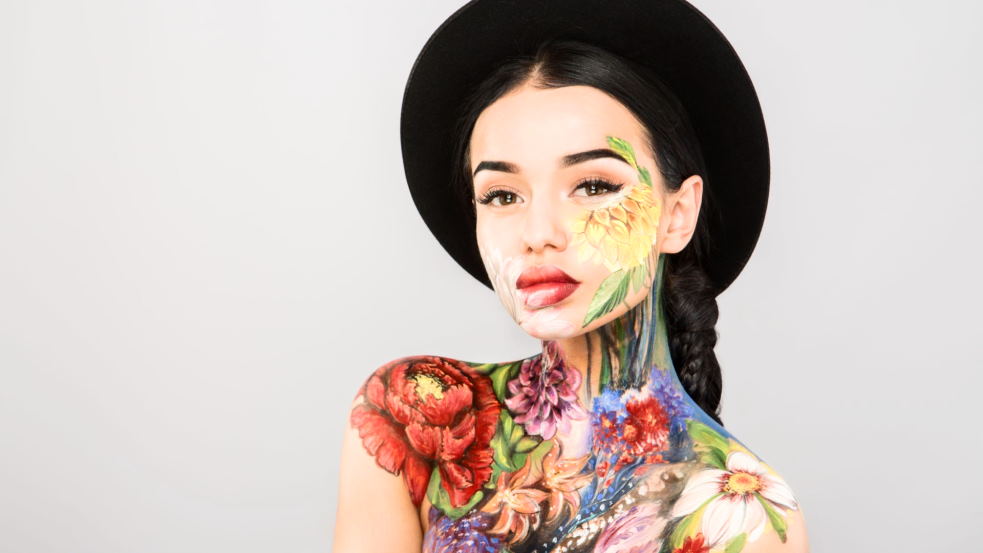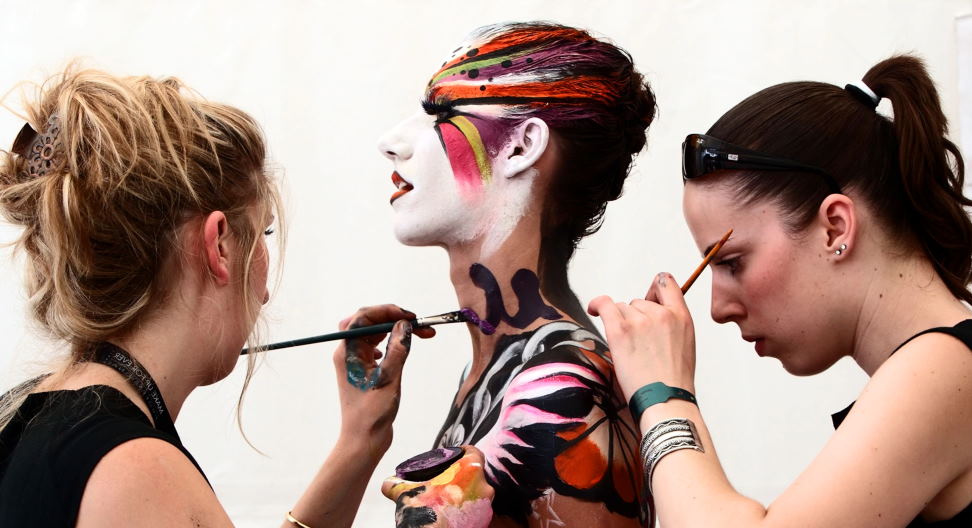Whether you’re looking to add a little extra excitement to your next party or want to transform yourself into a work of art, body painting is a fun and unique way to express yourself. If you’ve never tried body painting before, don’t worry – it’s not as difficult as it looks! This beginner’s guide will show you everything you need to know to get started, from choosing the right supplies to creating beautiful designs. So grab your paintbrush, and let’s get started!
How to use body paint to create stunning works of art
Body painting is a creative way to express yourself and create stunning works of art with different colors, textures, and effects. Many different types of body paint available in the market can be used for any artwork you wish to create.
Before beginning your project, it’s important to understand what paints work best on skin. Acrylic paints are generally considered the safest option since they don’t contain harsh chemicals or dyes that can irritate skin. However, somebody painters prefer oil-based paints because they provide longer wear than acrylics. Be sure to test a small area of your skin before applying any paint to your body to avoid a bad reaction.

Once you have chosen the type of paint to use, it’s time to begin your project. To ensure a smooth finish, start with a clean surface and exfoliate if necessary. Then apply an even layer of primer or moisturizer to help the paint adhere better and stay in place for longer. Many artists like to use a brush or special body art pens instead of traditional painting tools for detailed lines.
When applying the paint, work slowly and carefully in small sections at a time. Use light strokes to create thin layers that allow each color to show through clearly and prevent smudging. Once it has dried completely, use a setting spray or finishing powder to seal your artwork and ensure it lasts all day long!
Skin care tips for painters
Painting is a fun and creative activity, but it can also take its toll on your skin. To help keep your skin healthy while painting, here are some tips to consider:
- Wear gloves. Gloves will protect your hands from the harsh chemicals in paints, solvents and glues. They also provide an extra layer of protection against scrapes, cuts or other injuries that could occur while painting.
- Wear protective gear. Safety glasses will protect your eyes from stray drops of paint or fumes, while face masks can prevent inhalation of hazardous vapors. Don’t forget to wear old clothes when painting too!

- Avoid touch-ups with bare fingers. When making minor corrections in artwork or touching up areas that have dried, use a cotton swab or a brush. This prevents any residue from getting on your fingers.
- Keep your skin hydrated. When painting, it’s important to keep your skin moisturized so it doesn’t dry out and crack. Use a quality lotion or cream after finishing the day’s painting.
- Take breaks frequently. Painting takes concentration and energy, so be sure to take regular breaks throughout the day to give yourself time to rest and recuperate. This will help keep your mind clear and prevent fatigue from setting in too quickly!
- Clean up promptly. It’s important to clean up any spilled paints or solvents immediately, so they don’t get a chance to soak in and irritate your skin. Use solvents designed for the type of paint, as some may be harsher than others.
Following these tips will help ensure that your painting sessions don’t take a toll on your skin. With proper care, you can enjoy painting without worrying about skin irritation or damage from harsh chemicals. Happy painting!






